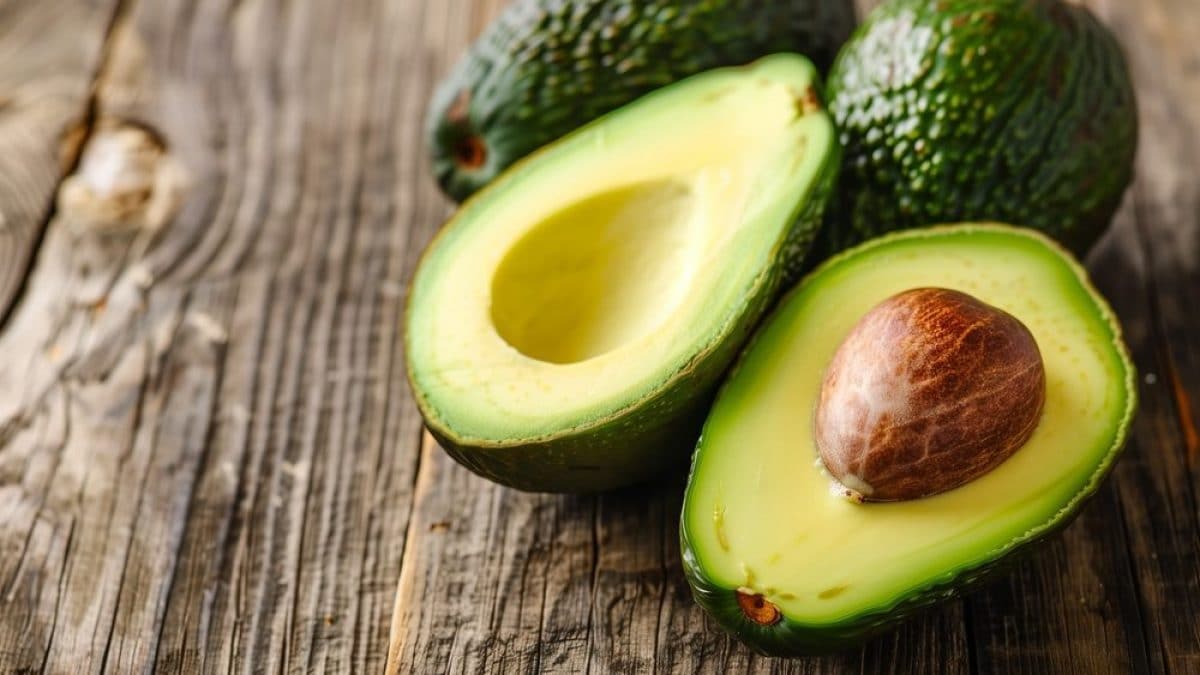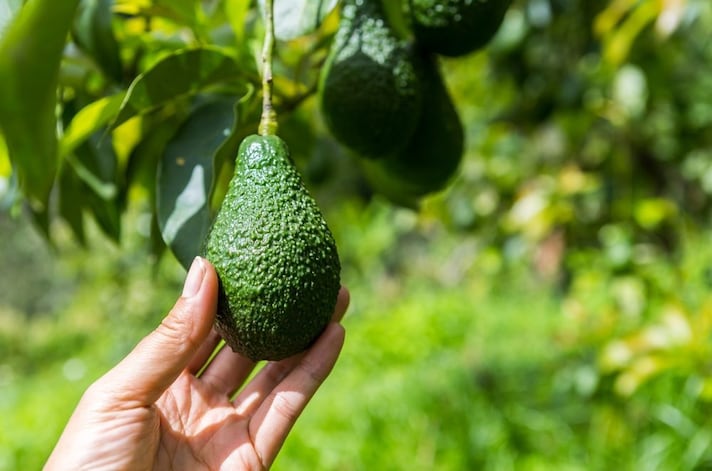
Bright green, with a buttery texture and a delicate, almost neutral flavor: the avocado is a tropical fruit now widespread throughout the world, partly because in recent years it has become something of a "gastronomic trend" on social media, and partly because it has adapted to growing in places beyond Central America, especially the Mediterranean area.
Beyond its undoubtedly attractive appearance that has made it a star, avocado has many more characteristics than just adding a creative touch to recipes: first of all, it is extremely versatile and can be used in the kitchen in many different ways , furthermore it has a whole series of beneficial properties, rich as it is in good fats, vitamins and minerals. It is also an exceptional anti-waste product: perhaps you don't know it, but it is one of the very few fruits whose pit can also be used.
Wondering how you could use it? The World Avocado Organization, a nonprofit organization whose members include avocado growers, exporters, and importers from around the world, is here to explain. It's committed to promoting avocado consumption based on its nutritional value and recognized health benefits. Here are some ideas for reusing avocado pits, in the kitchen and beyond.
1. Prepare an Infusion
Let's immediately dispel an urban legend circulating online: that avocado pits are poisonous. In reality, they don't pose any harmful effects on humans, but they are toxic, if not downright poisonous, for pets. Having clarified this point, let's move on to one of the most interesting ways to use your leftover avocado pits: making an infusion with rich antioxidant properties. How? Place two pits in a pot with ¾ liter of water, add 1 teaspoon of ginger, 1 teaspoon of sugar, and bring to a boil. Once the water has turned a reddish color, simply remove the pits and the infusion is ready to be drunk hot or cold.

2. Get an Energy Powder
Avocado kernels contain a large portion of the fruit's nutritional properties, particularly calcium, magnesium, and potassium. This makes making a powder to add to certain foods a real energy boost: all you have to do is remove their natural skin, dry them in the sun or in the oven, and then grate them into a fine powder that you can add to yogurt, porridge, and smoothies for an additional nutrient boost.
3. Plant Them to Grow an Avocado Tree
The easiest way to recycle an avocado pit is also the most useful: plant it to grow a plant indoors. First, identify the two halves of the pit: the pointed upper part, which should remain dry, and the flatter lower part, which you should immerse in water. Gently clean the pit, then insert toothpicks around the circumference so that you can rest it on top of a glass or jar of water, making sure the water level covers it about halfway. Place the pit in a sunny spot and then wait: the pit will sprout in about eight weeks; when you see roots appear, be sure to keep them in water, as they can't dry out. Once the sprout has grown to about 15 cm tall, cut the stem in half, discarding the upper half, and let the plant grow again to the same height. Now you are ready to repot and enjoy your avocado tree, placing it in the garden or in a room where it will get direct contact with sunlight.
4. Use The Nuts as Fertilizer
Avocado pits are compostable and can be used as an excellent fertilizer due to their many nutrients, but whole pits take a while to decompose. If you want to speed up the process, proceed as follows: take your pits, soak them in water to soften them, and then chop them into pieces. You can then grind them with a food processor or mortar to reduce them to small, granular pieces. These pieces can be scattered directly into the soil in your garden or added to the soil of potted plants and flowers.

5. Prepare a Natural Pink Dye
If you enjoy dabbling in DIY, you must try this trick: using avocado pits to make a completely natural and eco-friendly pink dye. Place the leftover pits in a pot with the peel you removed from the fruit, cover with water, and cook over medium heat: you'll soon notice the water starting to turn reddish. As soon as it begins to color, turn off the heat, remove the peel and pit, and, once the liquid has cooled, immerse the item you want to dye in it.
6. Cosmetics and Wellness
Avocado is widely used in cosmetics, especially for hair care: avocado oil has a deeply hydrating and protective effect, as well as stimulating hair growth and shine. Because of its many benefits, avocado can also be used as a skin treatment, which you can prepare at home using leftover avocado pits: simply soak them in water to soften them, cut them into pieces, and coarsely chop them. Once you have small, grainy pieces, you can mix them with your favorite cream or body wash to create a completely natural hydrating scrub.
7. Creative Artistic Recycling
There's another way to recycle leftover avocado pits: unleash your artistic side! Just like many other natural "waste" materials (walnut shells, for example), avocado seeds can also be excellent for creative crafts. In this case, the first thing to do is dry the pits in the sun or in the oven, then unleash your imagination. Some examples? If you drill holes at both ends of the pits, you can thread colored ribbons through them, secure them with knots, and add bells to create a hanging decoration, a sort of eco-friendly wind chime. You can also use the same technique to create themed decorations —Christmas, for example, or even autumnal ones—by embellishing the pits with other materials or, if you're handy, with painted designs. If you want to try your hand at something truly original, try transforming the hazelnuts into eco-friendly jewelry: you can use them rustic or paint them, use gold chains or colored strings and have fun creating truly original necklaces, earrings and bracelets.
;Resize,width=767;)
